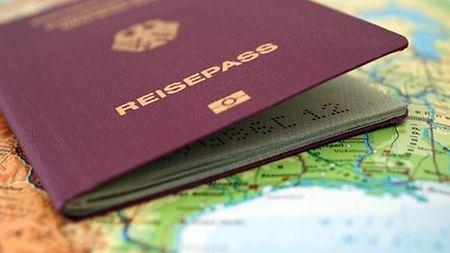Driver’s License in Europe: A Complete Guide

Introduction
A driver’s license is an official document that allows a person to operate a motor vehicle legally. In Europe, driver’s licenses are widely recognized, enabling citizens to drive across different countries. Obtaining a license involves meeting specific age requirements, completing training, passing examinations, and fulfilling health standards.
Types of Driver’s Licenses
1. Standard License
This license allows individuals to drive cars and other light vehicles. Applicants must pass both a written theory test and a practical driving exam.
2. Commercial License
A commercial driver’s license is required to operate heavy vehicles such as trucks and buses. This type of license usually involves additional training and stricter testing standards.
3. Motorcycle License
Motorcycle licenses are issued separately and may vary depending on engine size and power. Age and skill requirements differ according to the category of the license.
Requirements to Obtain a Driver’s License
-
Minimum Age: Typically ranges between 17 and 18 years for standard licenses.
-
Medical Fitness: Applicants must meet health standards to ensure safe driving.
-
Driving Training: Completion of an approved driving course is often mandatory.
-
Examinations: Applicants must pass both a theory test and a practical driving test.
Steps to Obtain a Driver’s License
-
Enroll in a Driving School: Learn traffic rules, vehicle operation, and safe driving practices.
-
Complete Training: Attend classroom lessons and practical driving sessions.
-
Pass the Theory Test: Demonstrates knowledge of traffic laws, road signs, and safe driving techniques.
-
Pass the Practical Test: Shows ability to handle a vehicle in real driving conditions.
-
Receive the License: After passing both tests, the license is issued and ready for use.
Features of a European Driver’s License
-
Uniform Design: Most European licenses follow a standard size and layout for easy recognition.
-
Security Features: Includes holograms, microtext, and machine-readable elements to prevent forgery.
-
Validity: Licenses are issued for a specific period and require renewal after expiry.
-
International Recognition: Many European licenses are accepted in other countries, especially within the European Union.
Benefits of a Driver’s License
-
Legal Driving: Grants the right to drive on public roads.
-
Identification: Can serve as a valid proof of identity.
-
Mobility: Provides independence and convenience for daily travel.
-
Career Opportunities: Certain professions require a valid driver’s license.
Conclusion
A Buy Fake Driver’s License Europe is essential for legal driving and offers independence, security, and identification. By completing the required training, passing tests, and meeting health standards, individuals can obtain a license that is recognized across European countries and provides access to both personal and professional opportunities.
- Art
- Causes
- Crafts
- Dance
- Drinks
- Film
- Fitness
- Food
- Jocuri
- Gardening
- Health
- Home
- Literature
- Music
- Networking
- Alte
- Party
- Religion
- Shopping
- Sports
- Theater
- Wellness


